I recently got into the show “Photography and Politics” curated by former Artist in Residence, Stephanie Mercedes. I’m excited to be part of this exhibition and I can’t wait for you all to come see my piece “Cody and Rork”

Flower City Arts Center – Blog
Classes, Residencies, Exhibitions & more!
I recently got into the show “Photography and Politics” curated by former Artist in Residence, Stephanie Mercedes. I’m excited to be part of this exhibition and I can’t wait for you all to come see my piece “Cody and Rork”

![]()
![]() For the past few weeks I have been thinking about what I would like to do for my exhibition at Flower City Arts Center. Even though, it is not until next August, I want to make as much work as possible. These are a few shots I took this weekend on my iPhone.
For the past few weeks I have been thinking about what I would like to do for my exhibition at Flower City Arts Center. Even though, it is not until next August, I want to make as much work as possible. These are a few shots I took this weekend on my iPhone.



Hello! My name is Fernando Muller and I’m the new Artist in Residence in the Photography Department at Flower City Arts Center for the 2019 – 2020 year! I was born in Peru and moved to the United States at the age of 13. In 2017, I graduated from The College at Brockport with a Bachelor of Fine Arts in Studio Art with a concentration in Photography. Since then, I have worked as a Lead Teacher in Studio 678, and I have pursued photographic projects that reflect my experiences as a queer person of color in the Rochester Community. In addition, I work full time as an HIV Prevention Specialist at Trillium Health which has helped me further understand the community to which I belong.
During this residency, I will continue to explore my place in the gay community as a queer person of color through Photography. I will volunteer with Studio 789; I will teach “Photography in Queer Culture” starting in October; and I will start a “Queer Photo Club” – a photography club for queer artists meeting once every month.
Keep up with my posts every Wednesday to see what I’m working on, or ideas, and for future involvement in the community and Flower City Arts Center.
www.fernandommuller.com

Photo by Maxwell Harvey-Sampson
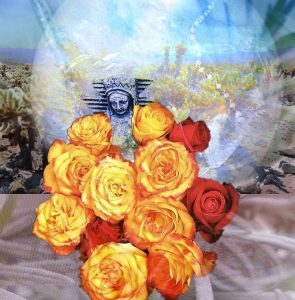
When beginning to look at something as dynamic as identity, it can be challenging to know where to begin.
Who am I?
What am I?
Why am I?
These sort of questions have always been of interest to me. I’ve studied Buddhism to Vedic Theology, Philosophy, Christianity, History, Society and Psychology, Critical Feminist Theory, Human Sexuality, Neuropathology.
I’m a seeker and a life-long learner.
Ultimately, I think I am interested in answers of harmony, expression, creativity, connection, personal accountability, wisdom, justice, and mystery.
For me, the use of the Archetype acts as a container for capturing an ongoing evolution into multidimensional awareness of being and becoming. I seek to encounter a wholeness of self/ Self-understanding.
I like this concept of self because it has two layers. You are a ‘self’ with a small ‘s’: this is your ego, your personality, your human identity. Then, without fail you are also a Self with a capital ‘S’: an exalted, pure and ever-connected Self that is Source or Consciousness seeking awareness of itself through your individual process. This concept of self as an individual and collective polarity seeking harmony through recognition is foundational to the works of C.G. Jung, Kashmir Shaivism, Yoga, and countless other teachings.
In Short: I am a self seeking Self.
This is both an internal as well as an external experience. And these facets influence one another constantly. We are porous to our surroundings and our surroundings porous to us.
The body of work and teachings that will develop during this residency will focus directly on this personal relationship with my self/Self-development as I nurture it with awareness.
I want to take a moment to discuss the significance of the term Archetype as well, as it is a foundational concept that will be guiding much of my creative research.
There once were two Western Psychoanalyst, their names were Sigmund Freud and Carl Gustav Jung. In the beginning, these men were cohorts, collaborating on the emerging field of Psychology and Psychoanalysis or the study of human mind and emotion. Their paths ultimately diverged at the topic of what Jung termed “The Collective Unconscious.” Freud dismissed the work of dreams, symbols and automatic writings as junk or excess of the conscious mind. Carl, on the other hand, sought deeper understanding. He studied mysticism, eastern philosophy, cultural mythology and kept a brilliant journal of his own dreams and symbols. The general understanding of the Archetype as we know it today comes from C.G. Jung’s preliminary work in this field.
An Archetype is a recurring expression of human virtue found in cultural mythology and literature. An Archetype is a quintessence of a particular set of character traits which are inherently subject to flaw and scrutiny.
What’s important about Archetypes is they can shape our understanding of ourselves without our conscious knowledge or consent and/or they can serve as a map for personal growth and self-knowledge. Idealized Archetypes might cause us to fragment ourselves into specific categories of social acceptability without questioning the validity or reality of the Ideal.
For example, a contemporary Archetype dichotomy is the virgin/whore. The virgin is sort of like the girl next door type: pious, virtuous, loyal and good wife material. The whore is a woman who enjoys sex for the sake of pleasure, dresses sensually, maybe uses lewd language. Up until recently it goes without saying which of these categories is idealized in a patriarchy and such idealism gives rise to slut shaming, victim blaming and rape culture. Women that dress and act a certain way are in some way asking for violence.
As a woman, this sort of cultural mythology has played itself out in my personal choices about how to act, dress and behave to remain safe, even if simply in terms of social harassment and exploitation. This has also affected the way I have categorized other people and their worth and how or whether I interact with them.
The influence of a cultural Archetype thus has far-reaching effects on the habits and emotions of human society.
Some Archetypes I will be engaging are collected from Traditional Jungian Psychology, Goddess Mythology, and Current Cultural Milieu. The Queen, the Mother, the Lover, the Old Woman, The Creator, The Destroyer, Drag, Mother Earth, the Witch, the Martyr, the Wolf Woman, the Shamaness, The Spiritual White Woman and the Cyborg.
If you’re interested in learning more or if you want to add to the conversation consider attending one of my courses at Flower City Arts. The first one, Superheroes, Archetypes and Idols, starts next Thursday, July 12 and runs for 6 weeks. We’ll talk further about reclaiming feminine archetypes and femininity through Archetype work and self-portraiture.
**Pictured: She Blooms in the Desert, 2016 a collaborative piece addressing symbols, connection, and ritual in everyday objects. The Art of Ritual.
Let me just start off by saying how much I truly love Rochester so far. The first night in town (after a harrowing 4-day drive across the United States in my 2002 Camry with all my possessions stuffed inside) I was greeted by the most beautiful site, lightning bugs!!! I know, I know, a common sight in this part of the world, but coming from Southern California I am more accustomed to the sight and sound of coyotes, crickets, and tumbleweeds. I was touched by the little glowing bugs as I enjoyed a perfect burger and summer pilsner at The Owl House.
The people, food, beer, music and natural surroundings of Rochester New York have me feeling very excited about my decision to move across the country.
I am writing this first post from inside the exposed brick walls of the Flower City Arts Center’s Photographic Library on the second floor of the building. There is a coffee pot used solely for heating water for film development in the winter, and shelves of dusty books with titles like “Celebrating the Negative” and “The Photography Cookbook.”
There is the sweet, musty smell of paper sewn together for decades all around me.
Swoon.
But why am I here? Why, besides good beer and lightning bugs would I move to Rochester from Sunny California?!? Great question. (I always love a great question).
I am fortunate to have received a position as the new Photography Artist in Residence here at the Center!
For the next 10 months, I will be developing a body of work based on a personal and cultural inquiry of the dynamics of female and feminine identity. My current project uses mythology, archetypes, and the gender binary to expose a multi-dimensional understanding of gender performance and personal mythology relevant to the exploding culture of identity politics and gender outliers.
I am interested in complicating currently accepted perceptions of femaleness and femininity for the sake of nuance and socio-cultural progress, and ultimately looking at the question: What is the New Feminine Archetype Beyond the Patriarchy?
My project is a reclamation of parts lost and a reimagining of a whole self.
Interested in knowing more or have something to add to the conversation???
Then please join me for Superheroes, Archetypes, and Idols: Reimagining Feminine Roles Models Through Self-Portraiture Thursdays 6:30-8:30 pm from July 12th- August 16th.
We will be exploring and discussing these topics together, while working on the creation of personal feminine archetypes, giving vision to something powerful inside you. Our work together will culminate in a self-portrait of you adorned as your avatar.
Looking forward to meeting more of the Rochester Community and discovering where this wild and honest idea will take me over the course of the residency!

This week we launched our fourth online exhibition: One Year Later | Experiments in Process by Louis Chavez. I first met Louis last summer when I gave them a tour of our darkrooms. I remember being slightly taken aback when they were only interested in film processing, and not printing. Part of the magic of the darkroom is the print after all! I soon discovered that Louis made digital prints from their negative scans – the print was still an important part of their practice. Over the past several months I’ve really enjoyed watching Louis experiment in our darkrooms. Louis has also been an active member of our Darkroom Club where they’ve brought in their color film photographs. Learn more about Louis’ practice in my interview with them below.

Megan Charland: You only recently started incorporating photography into your art practice. Can you share what this medium adds to your practice and what using a camera means to you?
Louis Chavez: I’ve been into photography since I was a kid, mostly shooting with cheap toy or thrift store cameras, but it was only this year that I began to focus on learning the ins and outs of shooting with a film SLR. Using a camera allows me to represent my surroundings as authentically as I possibly can, and it has been one of the best ways for me to share these stories and bring visibility to queer and other marginalized communities.

MC: You almost exclusively are shooting film, correct? Why film photography?
LC: Film has always struck me as so much more warm and vibrant. The tones you capture when working with photo emulsion are unlike anything you see with digital, and you can alter your entire feel by choosing a different film stock. Along with photography, I have also done a good deal of screen printing, which often incorporates photo emulsion into the process of making your screen. Transferring an image to emulsion, via lens or a transparency sheet, is such a cool and interesting technique.

MC: I’m looking forward to seeing your upcoming newsprint zine you’ve been teasing – what can we expect from this project? Have you seen your zine practice shift since you started working with photography?
LC: It was never meant to be a tease so much as it’s more a matter of indecision. I find it difficult to choose which images to put in print, because that always feels so final… but making that commitment is also the point. In keeping with the tradition of analog media, I think photo work ought to be put in print, and to be shared with your audience in a tangible form. With photo zines, I tend to be more concerned with the quality of the output — from the paper type to the ink quality. For my online exhibition here, I really wanted to share a culmination of this year’s work — both online and in the form of a tabloid-sized newsprint zine.

MC: For your online exhibition here you shared different processes you’ve experimented with over the past year. What does 2018 look like for you? Are there any additional processes you are looking to experiment with, or current processes you are excited to master?
LC: I began scanning my own film this year, utilizing the facilities at the Flower City Art Center, and it has encouraged me to pick up my own scanner in order to gain a more thorough understanding of scan techniques and color correction. My goal is to have a minimal setup of bulk film, developing supplies and a scanner in order to produce images at the most inexpensive rate I can. Aside from that, I’d like to further explore documentary and editorial projects, and begin to work as a photographer on a semi-regular basis.
Hello Flower City Arts Center blog readers,
I am very excited to be joining the Flower City Arts Center community as the new Photography Artist-in-Residence. Earlier this year I graduated from Rochester Institute of Technology with a Bachelor of Fine Arts in Fine Art Photography. That specific degree focuses in on the conceptual side of photography in the two years following our technical training.

I have covered a number of topics and spanned many media. I work a lot in the Queer community to produce works that regard identity and the complexities of contemporary Queer culture. In addition, I am frequently documenting youth culture, with a focus on candid portraiture. I have attached at the bottom a select bit of my work, as well as a link to my Behance page where you can see more work.
With this year long residency, I will be exploring the impact that HIV/AIDS has had on Rochester, NY. With this people focused body of work, I hope to bring awareness to a topic that many overlook through community engagement and photographic survey. I originally became interested in studying HIV when I came to realize how ambiguously my friends took care of their sexual health and how unsure they were about the ways in which HIV is contracted. I then began to realize and become curious about my own knowledge/ignorance on it as well.
As an out, biologically male, queer identifying man, I have long taken offense to my parents seemingly excessive warnings about getting HIV. It felt offensive that they would generalize and stereotype me. But, why be offended if I protect myself? These feelings have raised a number of internal questions and uncertainties regarding my identity as queer and male.
I am a part of a community that has historically been neglected by the government. I feel ignorant having not lived through the AIDS crisis. I feel I have little perspective as a 24 year old who has experienced many privileges mostly or entirely granted by the relentlessness and hard work of the LGBT people who have come before me. With this project, I aim to gain a better understanding of the ways in which the AIDS crisis shaped the development of gay rights in addition to sharing that information with the community.
Though my identity as a queer man has peaked my interest in researching HIV/AIDS, I do not intend on focusing solely on the experiences of LGBT people. Rochester is home to a diverse body of people. To the best of my current understanding, there are many communities that have been affected by HIV who are outside of the LGBT community that are also marginalized by the ruling body of our country. These people deserve a voice, and with the privileges I have been granted, I aim to be a vessel for that voice.
Our current political climate has also added complexity and threat to the lives of people who rely on healthcare. Through the intense study of the history of HIV/AIDS as well as engagement with the Rochester community, I plan on creating a body of work that will raise awareness.
I look forward to sharing my work and research with those following along on this blog as well as those who attend the opening of my show at the end of the year.
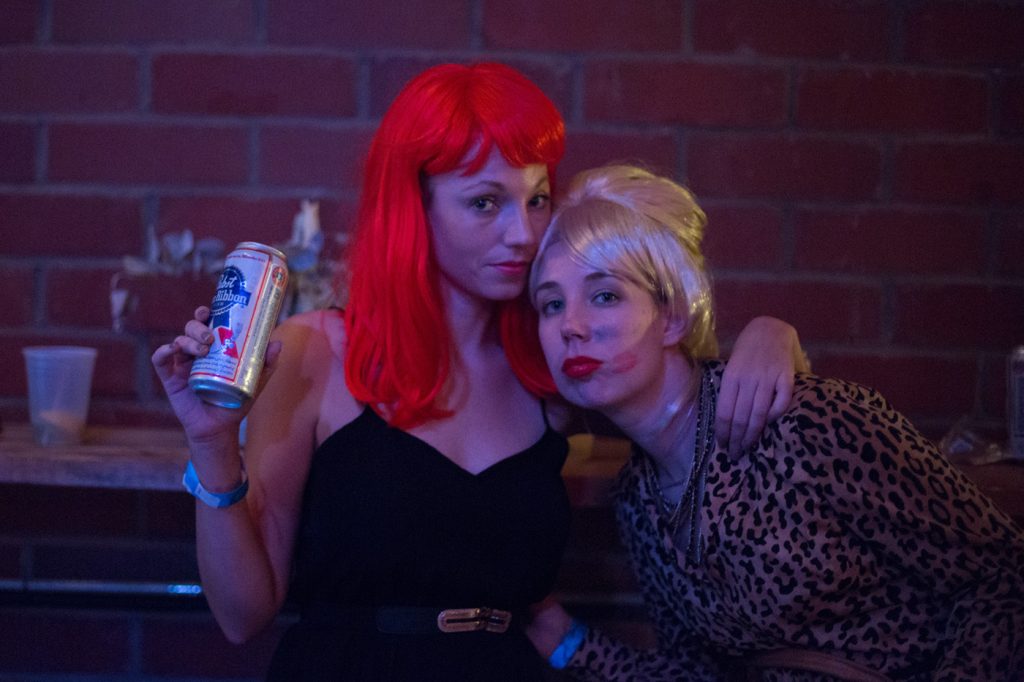
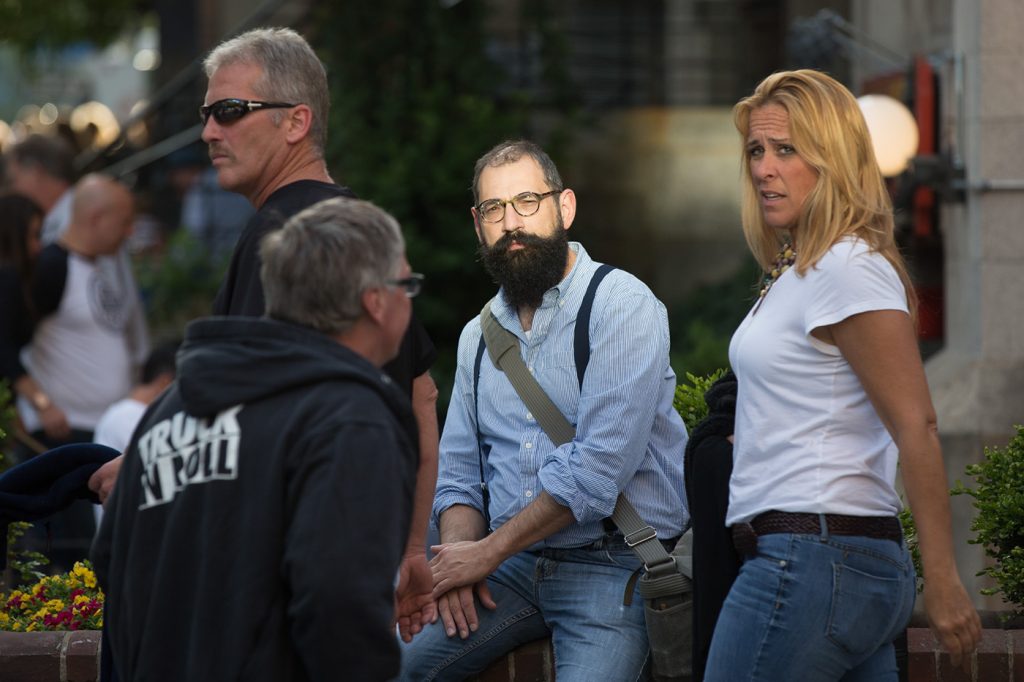
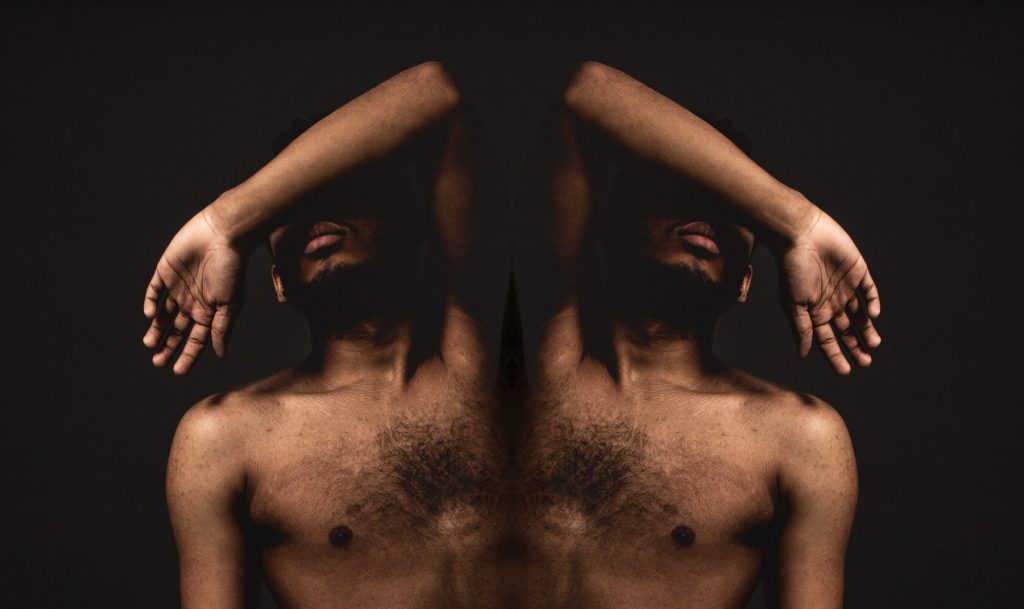
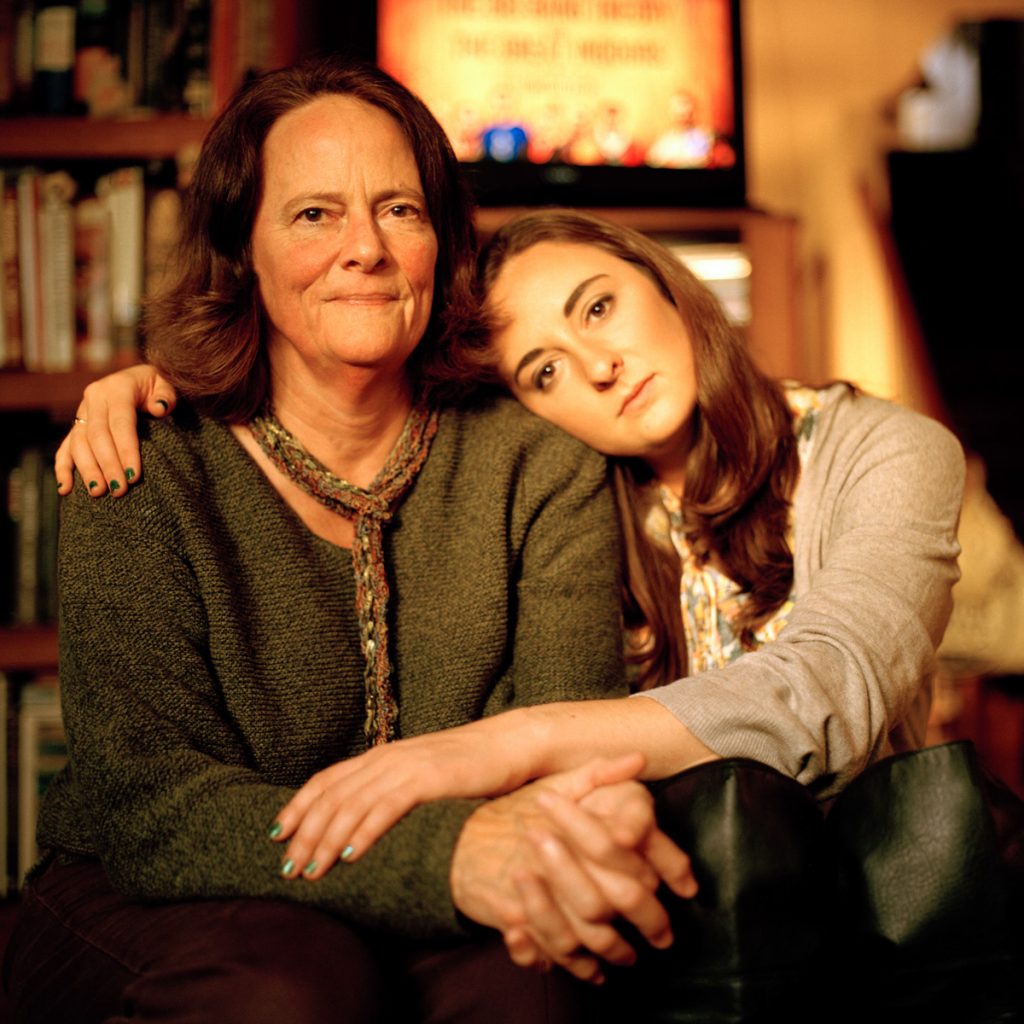
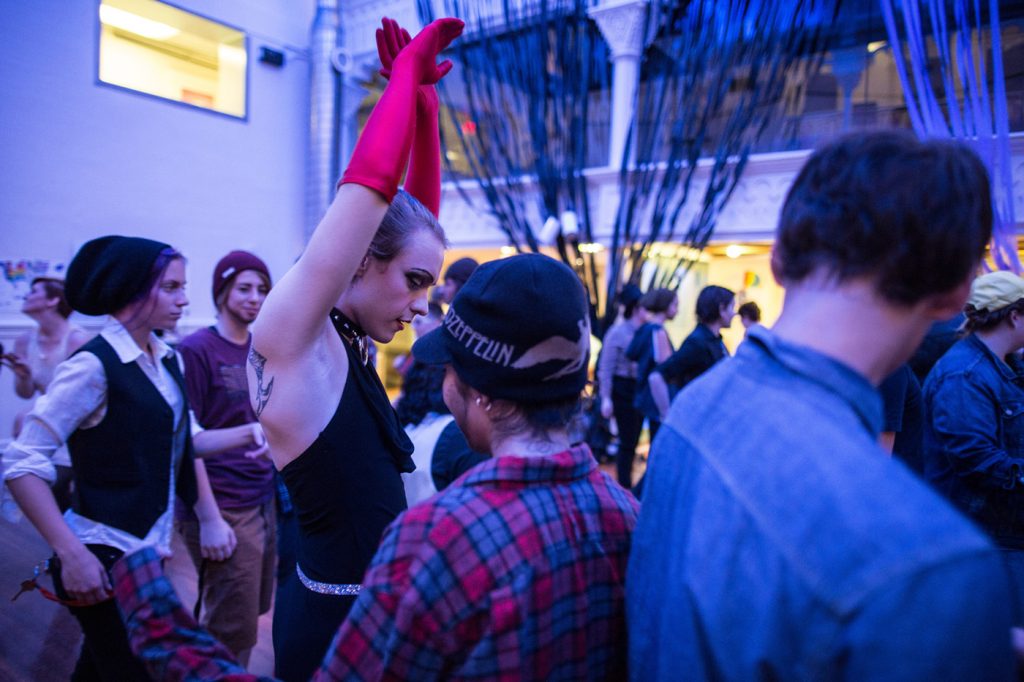
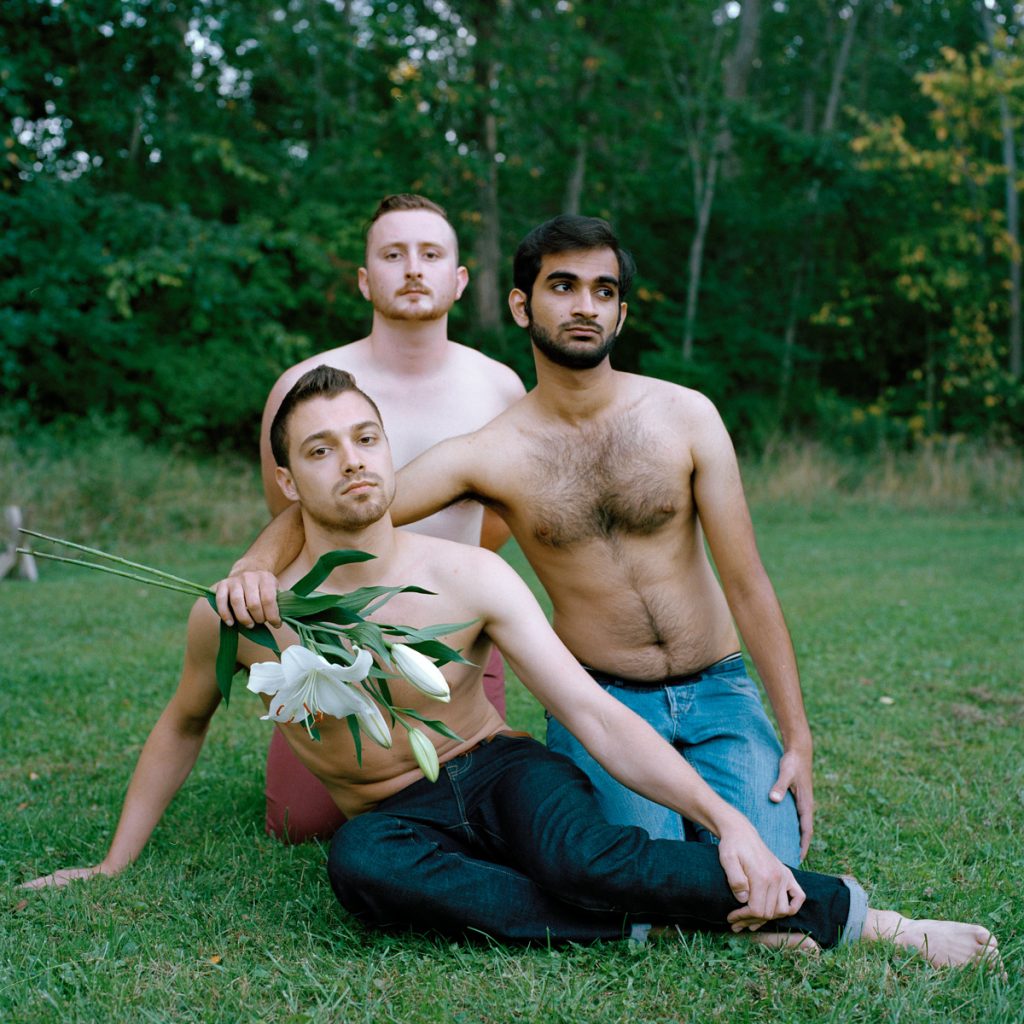
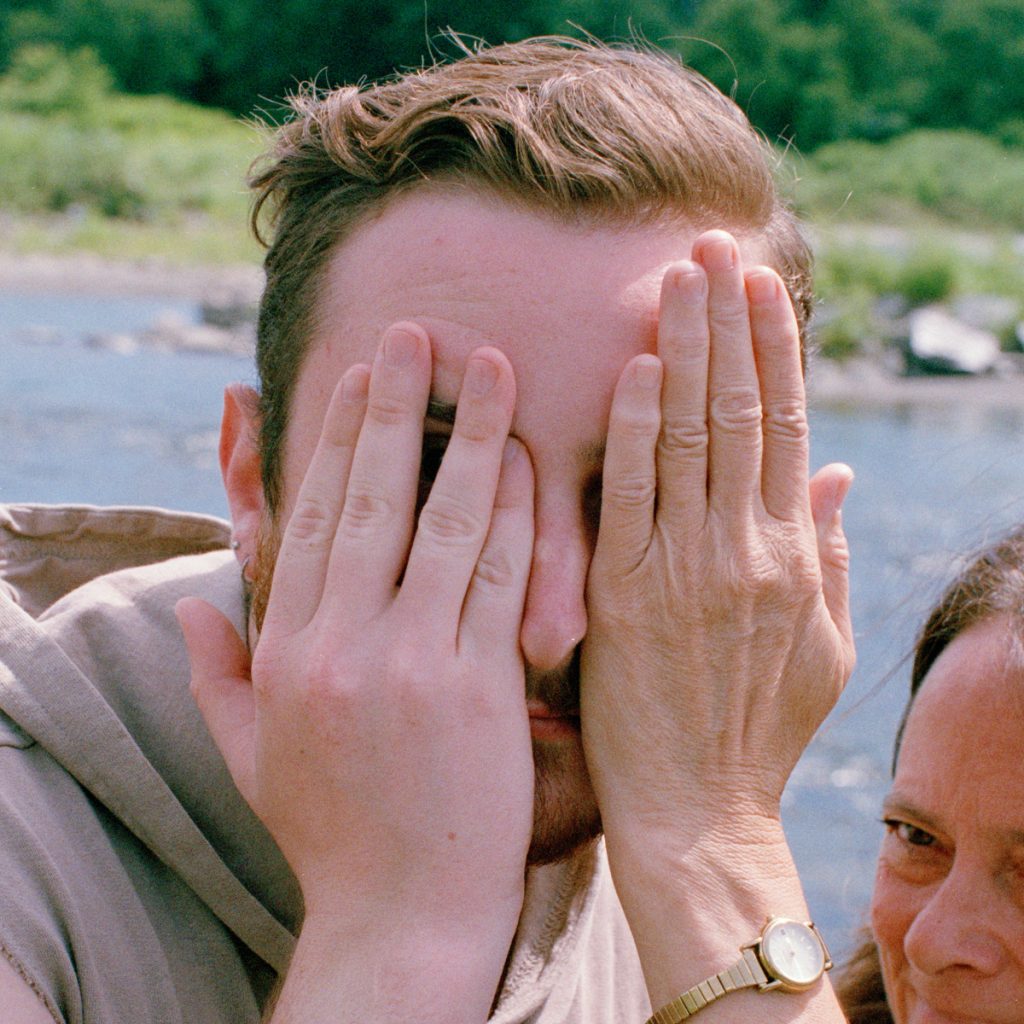
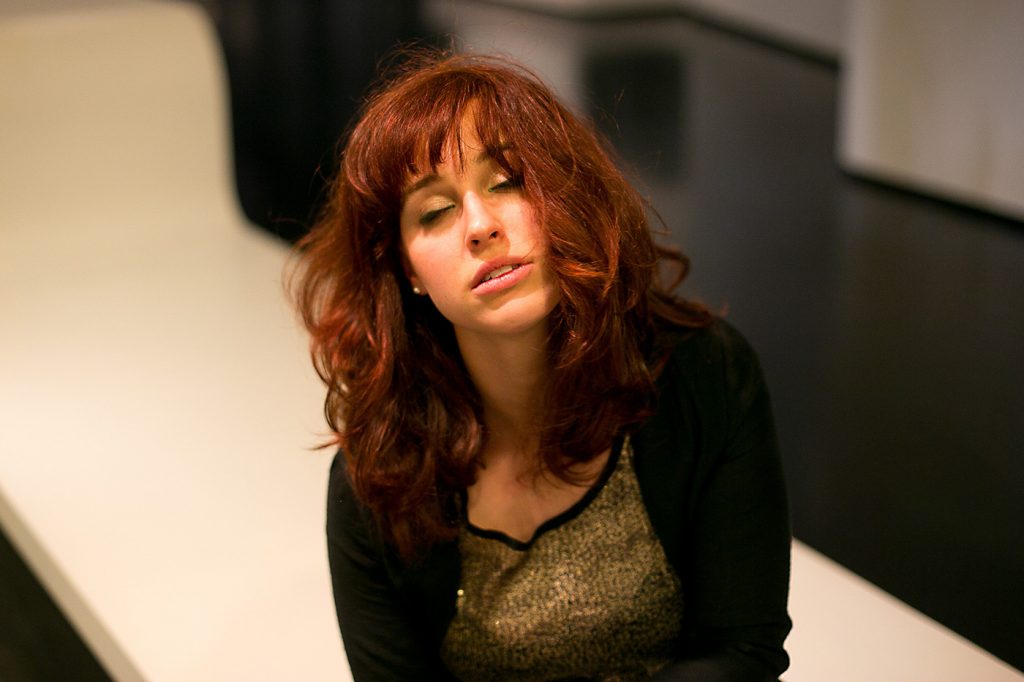
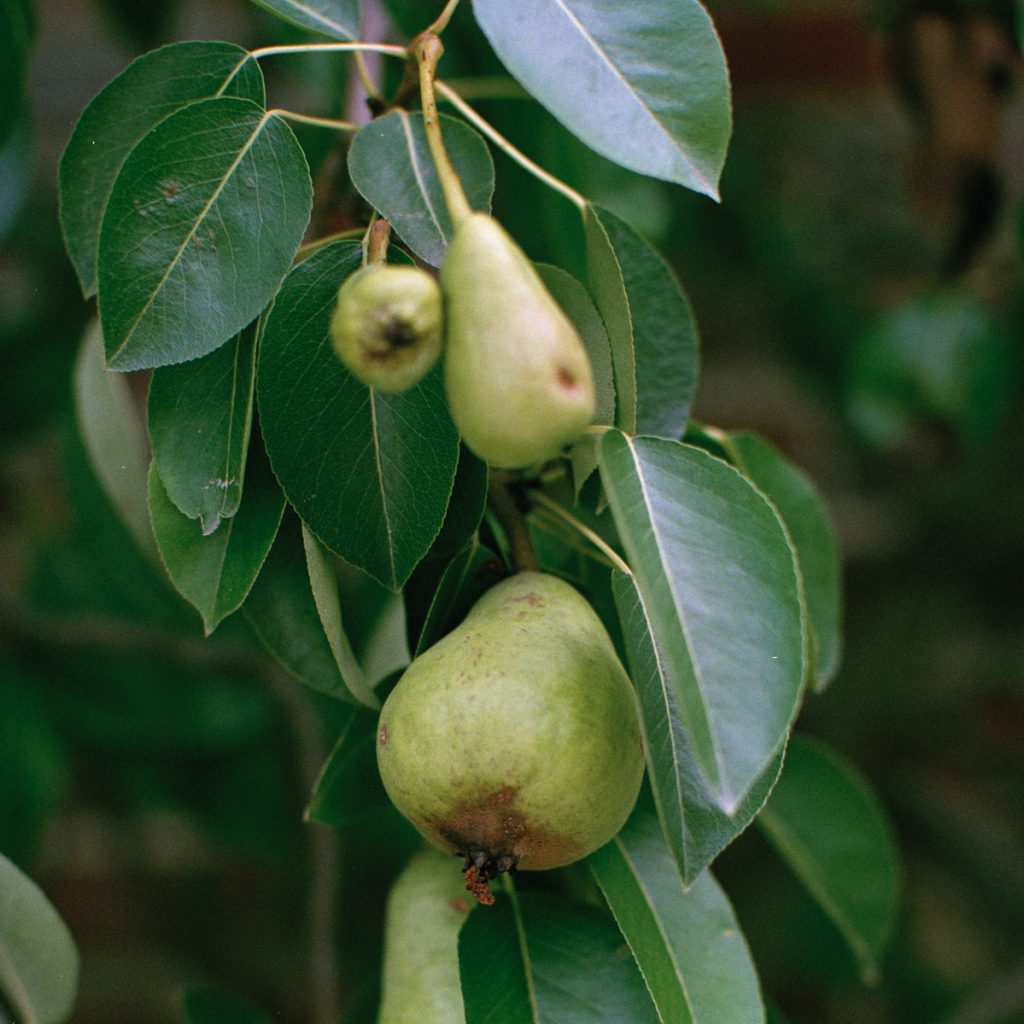
Maxwell Harvey-Sampson on Behance:
https://www.behance.net/maxwellharc729